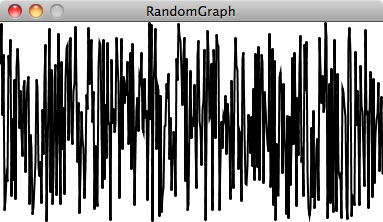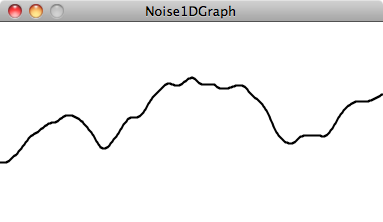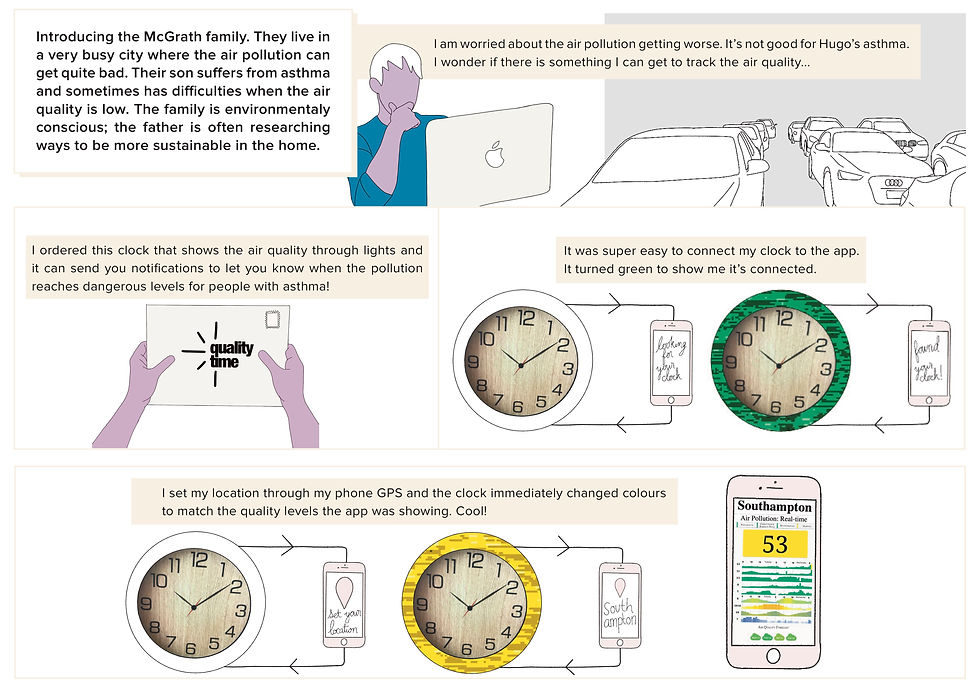026 - CODING
- tiffanybachelet
- Apr 4, 2020
- 1 min read
Updated: May 4, 2020
I researched into "Perlin Noise". This definition from Khan Academy was very helpful :
A good random number generator produces numbers that have no relationship and show no discernible pattern. Perlin noise has a more organic appearance because it produces a naturally ordered (“smooth”) sequence of pseudo-random numbers.
The graph below shows Perlin noise over time, with the x-axis representing time; note the smoothness of the curve
I played around with some code till I got "live" Perlin Noise :
I then experimented with lines rotating at random angles and speed. These reminded me of clock hands.

Changing the rules so that the thickness and colour of the lines would change when they reached a certain angle. This created this seemingly random pattern that looked alive. Could it be used to represent data?




Comments